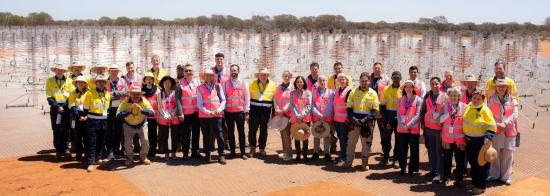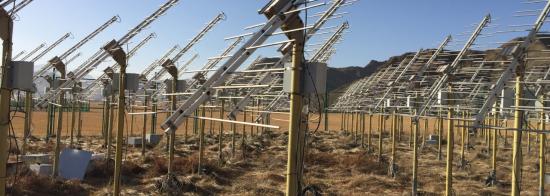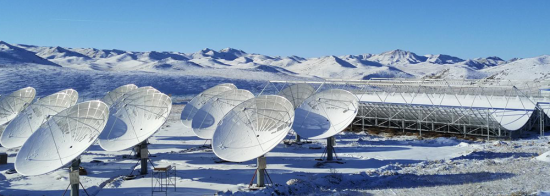China
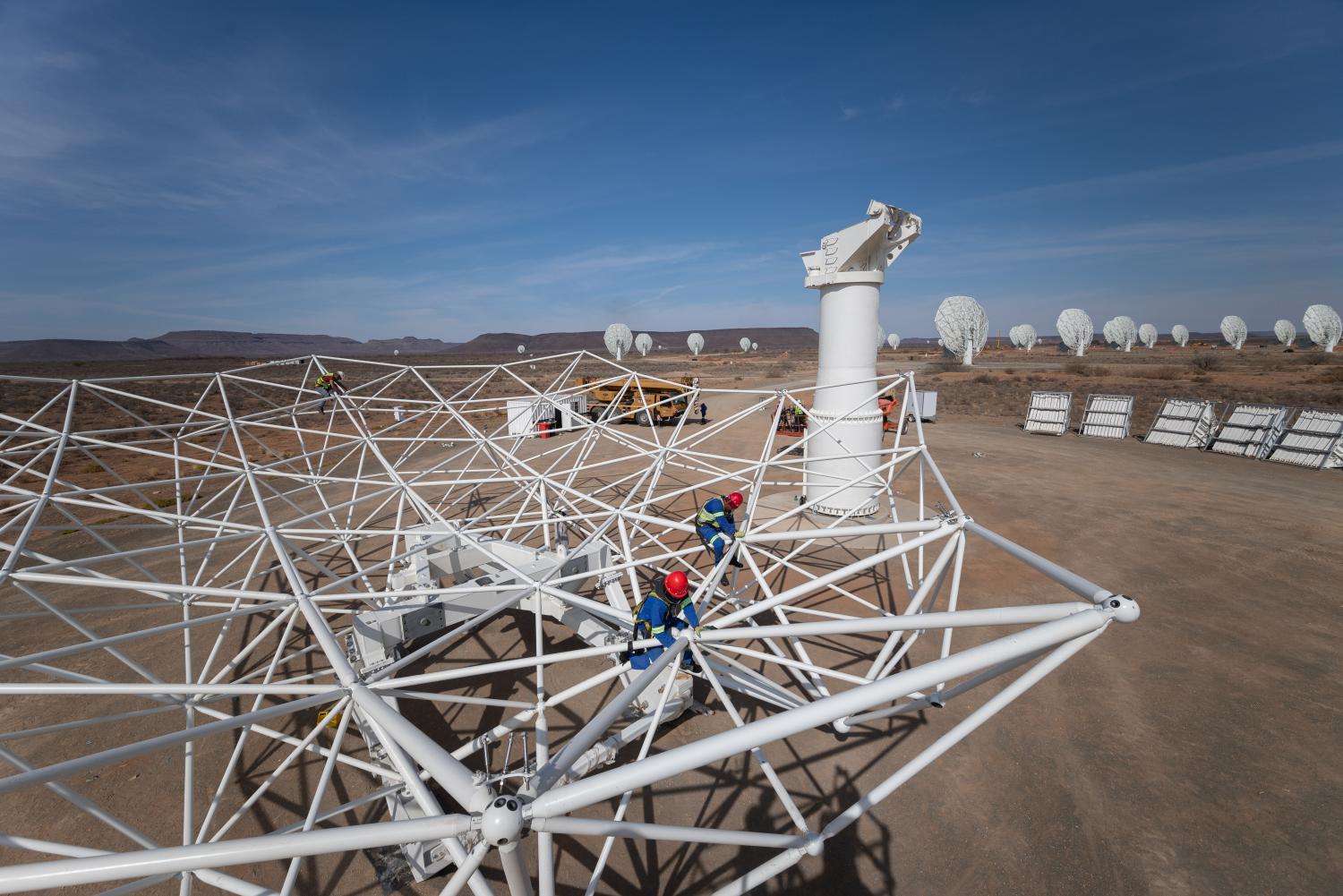
At a glance
- Chinese astronomers are represented on all 14 of the SKAO Science Working Groups with co-chairing positions in those on VLBI and Our Galaxy.
- The National Remote Sensing Centre of China is responsible for coordinating the SKA programme in China.
- China is home to three SKA pathfinder telescopes: the Five-hundred-meter Aperture Spherical radio Telescope, Tianlai, and the 21 CentiMeter Array.
National involvement
The Ministry of Science and Technology of China (MOST) started to take part in the pre-construction phase of the SKA project in September 2012 on behalf of the Chinese government. China was then involved in the international negotiations to establish the SKAO as an intergovernmental organisation and was one of the signatories of the SKAO Convention at a ceremony in Rome in March 2019. In April 2021, the Standing Committee of the National People’s Congress ratified the Convention and in June 2021, China became a full member of the SKAO Council.
Under the leadership of MOST, the National Remote Sensing Centre of China has been hosting the SKA China Office, responsible for coordinating the SKA programme in China, taking part in the governance of the Observatory, delivering the agreed contributions and organising and coordinating SKA-related research and development activities.
Chinese industry and the science community in the country have taken part in the engineering design and development work of several SKA international design consortia, including leading the Dish consortium, and the early research work of multiple SKA Science Working Groups.
Industrial participation
China’s CETC54 is leading the manufacture of the SKA-Mid dish structures and is heavily involved in their installation in South Africa. China will also contribute to other technologies such as signal processing, frequency synchronisation, and science data processing.

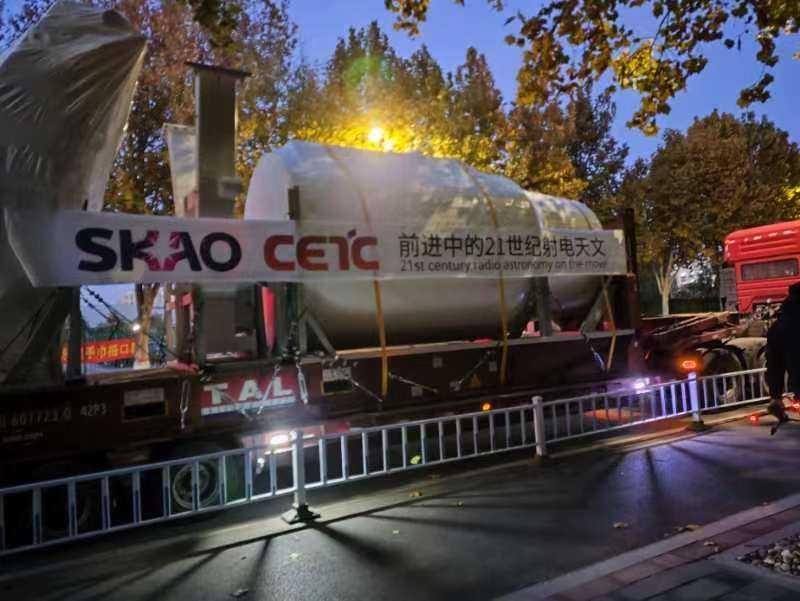
Science interests
Chinese astronomers are represented on all 14 of the SKAO Science Working Groups with co-chairing positions in VLBI and Our Galaxy.
After an extensive evaluation and review over the past decade, ten projects have been selected by the Chinese SKA community as the priority SKA science cases covering the wide range of science capabilities of the SKA telescopes: the detection of epoch of reionization, pulsar timing arrays, fast radio bursts, cosmology, magnetic fields in the Milky Way, the interstellar medium, active galactic nuclei, galactic dynamics, high-energy cosmic rays and the origins of life.
China has a vast experience in radio astronomy research thanks to the country’s three leading precursor telescopes including the 21 CentiMeter Array, Tianlai and the Five-hundred-metre Aperture Spherical radio Telescope which is the world's largest single-dish telescope with a with a receiving area equivalent to 30 football fields.
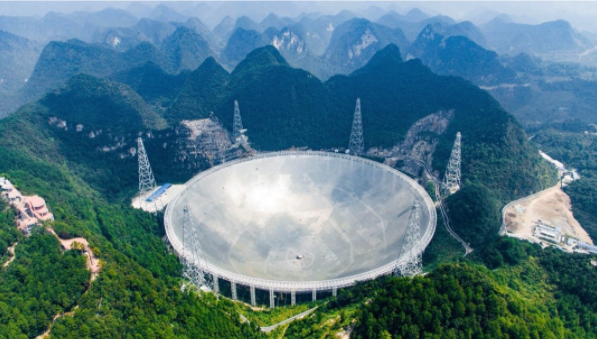
Contact
SKA China Office coordinates China’s involvement in the SKA project.
Email: ska-china@nrscc.gov.cn
For enquiries regarding the FAST, contact fast_office@bao.ac.cn





